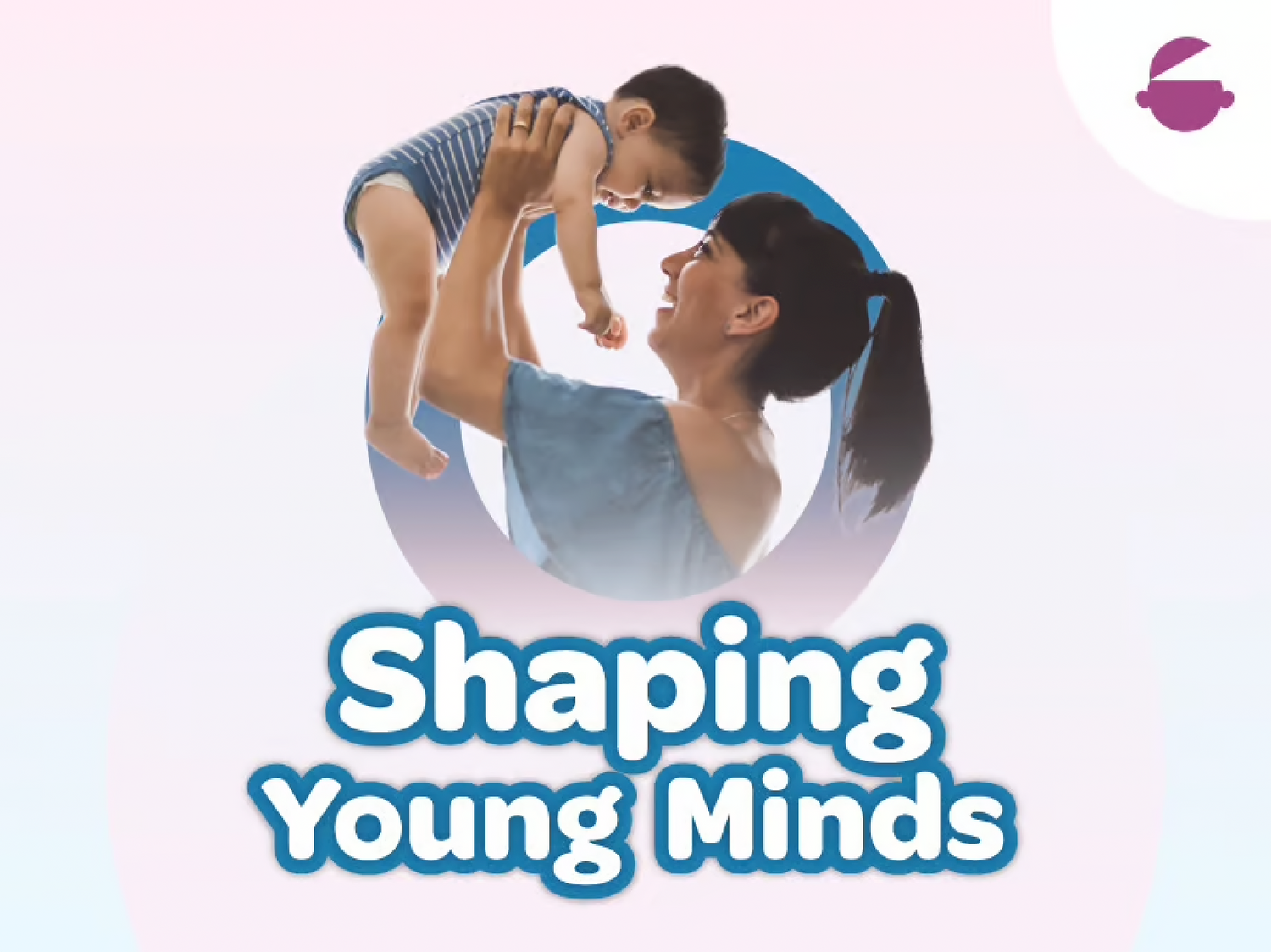The Impact Of A Sensory Developmental Care Programme For Very Low Birth Weight Preterm Infants In The Neonatal Intensive Care Unit
Researchers:
Nieder-Heitmann, Esther (2010-03)
Source:
Thesis (MOccTher (Interdisciplinary Health Sciences. Occupational Therapy))--University of Stellenbosch, 2010
http://scholar.sun.ac.za/handle/10019.1/3180
BACKGROUND
Premature infants of very low birth weight are known to be inclined to developmental, medical, behavioural and various learning deficiencies by the time they reach schoolgoing age. Concerns have been raised about the effect of the neonatal intensive care unit environment on the sensory development of the premature infant and how this could contribute to these deficiencies. Various approaches claim to address this problem, of which kangaroo mother care and developmental care have in the literature been singled out as particularly promising. However, at the commencement of this study no empirical studies had been reported in the literature to confirm any of the claims of these approaches. Therefore, a need existed for an empirically researched programme that could be practically applied in the neonatal intensive care unit with a view to reducing environmental stressors regarding the sensory systems of the premature infant. AIM The aim of this study was to determine the influence of a Sensory Developmental Care Programme, which incorporated a specific kangaroo mother care protocol, on the sensory development of the very low birth weight premature infant, up to the age of 18 months (corrected age).
METHODOLOGY
A randomised controlled study was conducted. The study sample consisted of 89 very low birth weight premature infants, admitted during a 24-month period to the neonatal care unit at Tygerberg Hospital in Cape Town, South Africa. The infants were recruited by means of certain criteria and then randomly assigned to one of two groups: 1) the intervention group was cared for according to the Sensory Developmental Care Programme for ten recorded days; and 2) the control group that received the standard care of the unit, also for ten days. The intervention group consisted of 45 infants of whom 22 completed the study, while the control group consisted of 44 infants of whom 20 completed the study. Both study groups were followed up at six, 12 and 18 months (corrected age) when the Test of Sensory Functions in Infants was used to do a sensory developmental assessment. At 18 months (corrected age) a Griffiths Developmental Scale assessment was also conducted to determine function in other areas of development. Test results were analysed using repeated measures of ANOVA, and the Bonferoni t procedure to determine the effect that the Sensory Developmental Care Programme had on the sensory development of the infant up to 18 months (corrected age).
RESULTS
The results of the comparison of the performance of both groups (group effect), measured by the Test of Sensory Functions in Infants are of great importance to this study. The intervention group had a significant difference on the total score (p<0.00), as well as on the following four of the five sub-tests scores: reactivity to tactile deep pressure (p<0.03); adaptive motor functions (p<0.03); visual-tactile integration (p<0.00); and reactivity to vestibular stimulation (p<0.01).
CONCLUSION
The results of this study signify that the infants in the intervention group benefited from the Sensory Developmental Care Programme concerning their sensory functions up to the age of 18 months (corrected age). The Sensory Developmental Care Programme was demonstrated to be both practical and successful in terms of its aims. The Programme could therefore be fruitfully utilised in other neonatal intensive care units.

Key Features of the course:
Expert-led modules on early childhood development.
Strategies for nurturing your child’s cognitive and emotional well-being.
Guidance on creating enriching experiences for your baby.
Tailored content for new and expecting parents.
